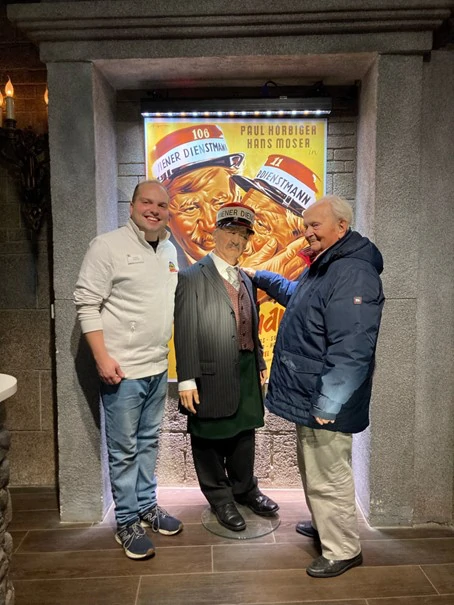毎年5,000人もの来場者があるウィーンオペラ座舞踏会は、ウィーンで1年に1回開催される最大の文化イベントのひとつです。 1956年2月9日、第二共和制になって初めて、ウィーン国立オペラ座は世界で最も美しい舞踏場に変身した。 ウィーンの舞踏会の基礎となる重要な歴史的出来事は? 開設に必要な条件は? ウィーン会議(1814-1815 )の際に催された伝説的な祝祭と舞踏会が、ウィーンの数多くの舞踏会の基礎となっている。 それ以来、ウィーンの人々はカーニバルの季節(正式には11月11日からShrove Tuesdayまで)になると、盛大に踊り、祝宴を開くようになった。19世紀半ばの革命期を除いては、誰も踊る気にならなかったが、舞踏会の需要は急速に高まった。パリのオペラ座での催しは 、その格好の手本となった。しかし、皇帝フランツ・ヨーゼフは当初、1869年に開場した帝国・王立宮廷歌劇場での舞踏会を禁止した。1869年にオープンした宮廷オペラ劇場。 パリ・オペラ座のような騒ぎになることを恐れたのだろう。 こうして、最初の舞踏会は、近くにあった「音楽愛好家協会」の建物で 行われることになった。ゲストとして指揮をしたのは、他ならぬヨハン・シュトラウスである。 1877年、ついに皇帝は宮廷オペラ劇場で「ソワレ」を行うことを承諾した。 皇帝自身は出席していなかったが、3人の大公と非常に多くの(主に男性の)ゲストが出席していた。 延長戦でのコンサートが行われた。 ヨハン・シュトラウスはそのために作曲し、今は残念ながら失われてしまった「古くて新しいウィーンからの追憶」を指揮した。 観客も多く、細かい音はほとんどかき消されるほどだった。 エドゥアルド・シュトラウスがバトンを受け取ったのは、午前0時を回ってからであった。 そして、彼が特別に作曲した「オペラ・ソワレ・ポルカ」も、この夜のハイライトとなった。 1935年1月26 日、初の本格的なオペラ舞踏 会が開催され、カーニバルのハイライトとなった。 1940年に第二次世界大戦が勃発すると、一時的にその幕を閉じることになる。 1945年3月に国立オペラ座の大部分が破壊されると、その再建は1955年11月5日まで続けられた。 1956年2月9日、再びワルツが 始まった。それ以来、ペルシャ湾戦争のため1991年に一度だけ中止されたことがある。 ウィーン・オペラ座の舞踏会では、約1,000人の観客が集まりました。. 5,000名様 オペラが地下室から屋根裏部屋まで開放される。 ボールルームのほか、いくつかのレストラン、ホイリゲ・パブ、ウィーン風コーヒーショップ、ディスコ、そして最近ではタトゥー・スタディがあります。 オペラ舞踏会の期間中も、国立歌劇場のアーティストと特別ゲストのためだけに、オリジナルで保存されている特別なティールームが 貸し切られる。 タイムトラベルのヒント舞踏会シーズンのウィーンでの舞踏会の夜は 、特別なハイライトです。 多くのダンススクールでは、事前にいくつかのワルツダンスのレッスンが 行われています。 もちろん、エルマイヤーは最も伝統的なものです。 詳細はこちらウィーンで最も人気のあるダンススクール、Tanzschule Elmayer
画像出典
https://commons.wikimedia.org/wiki/File:Staatsoper_Vienna_006f.jpg



